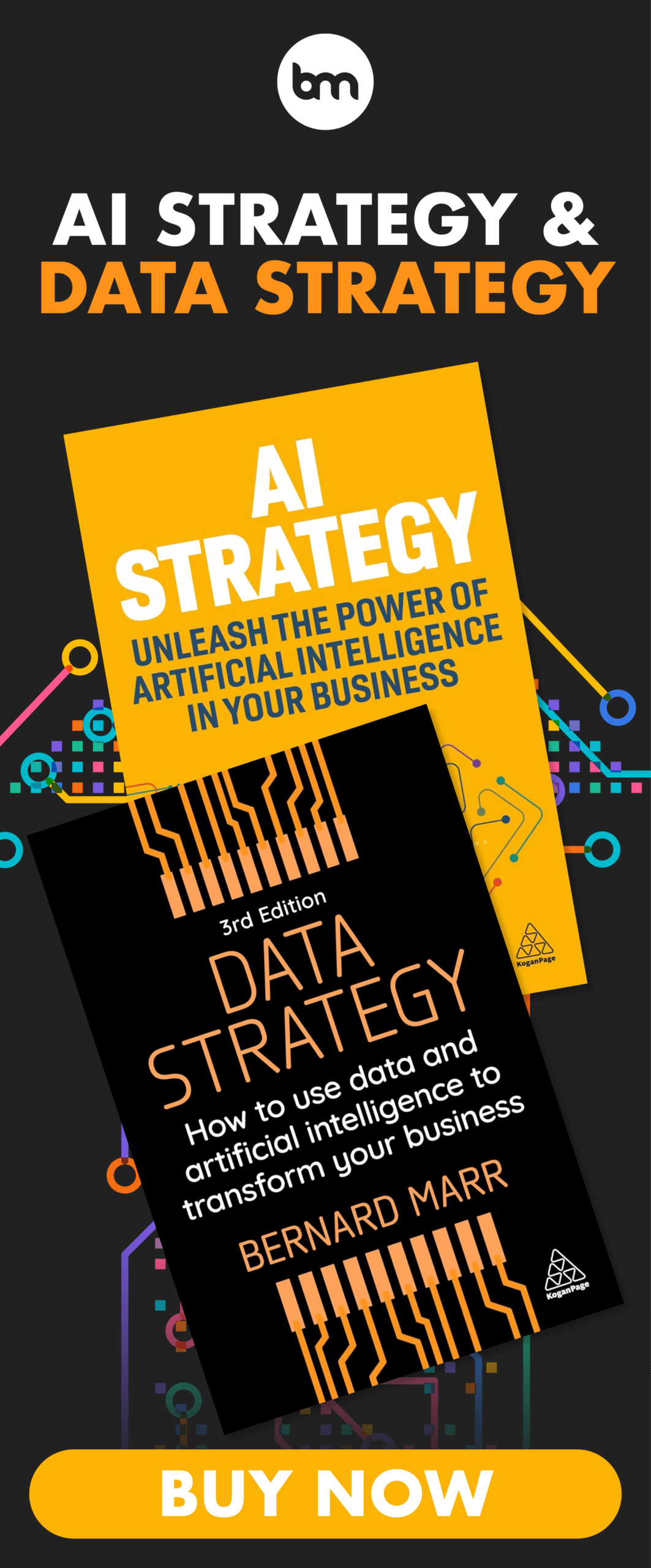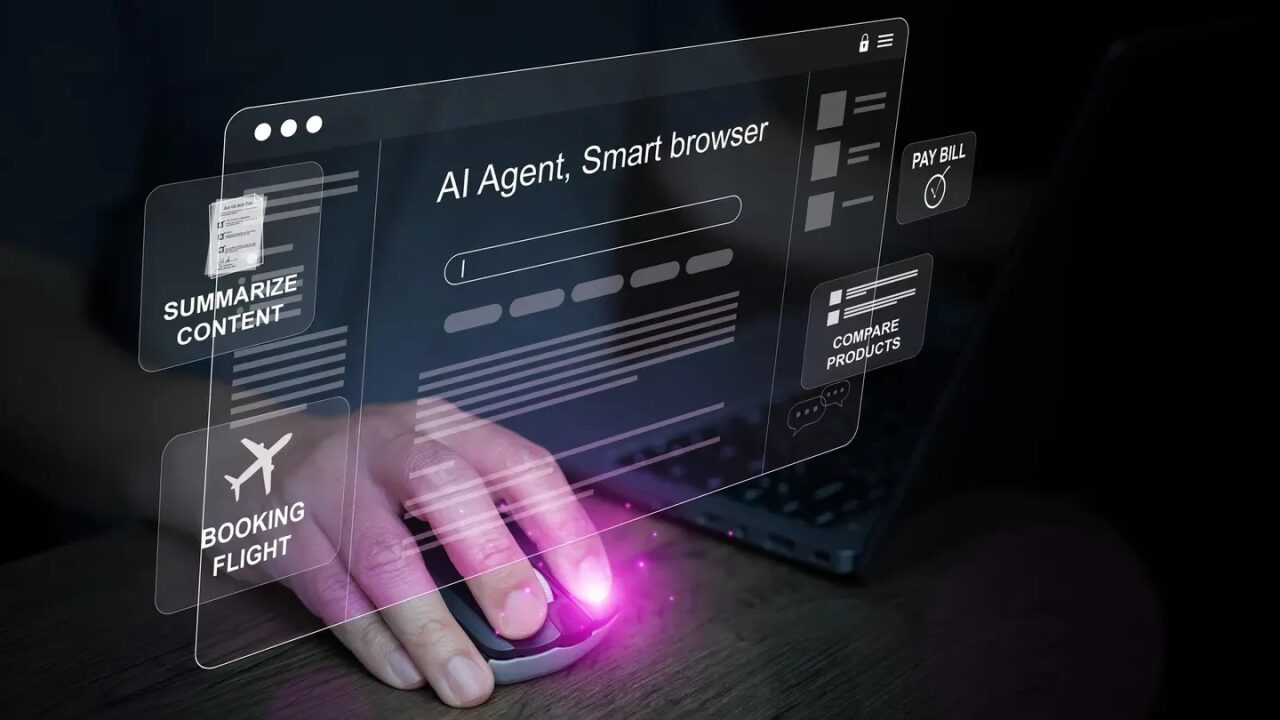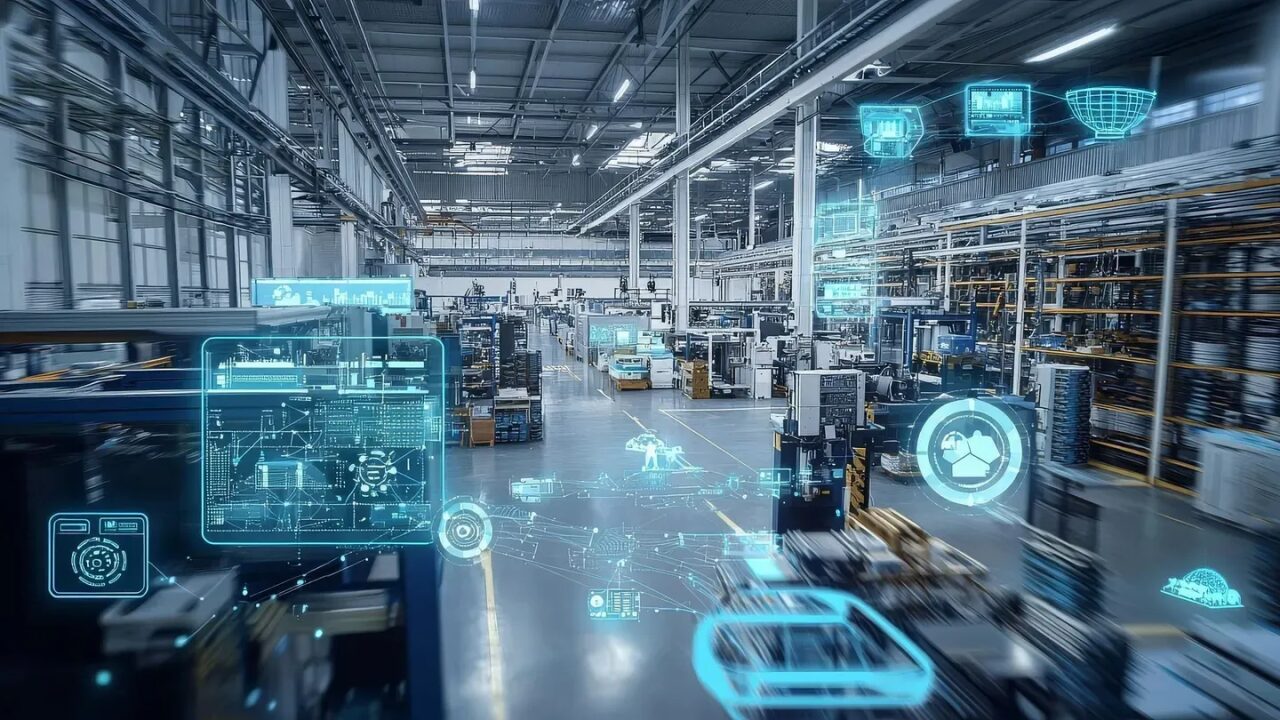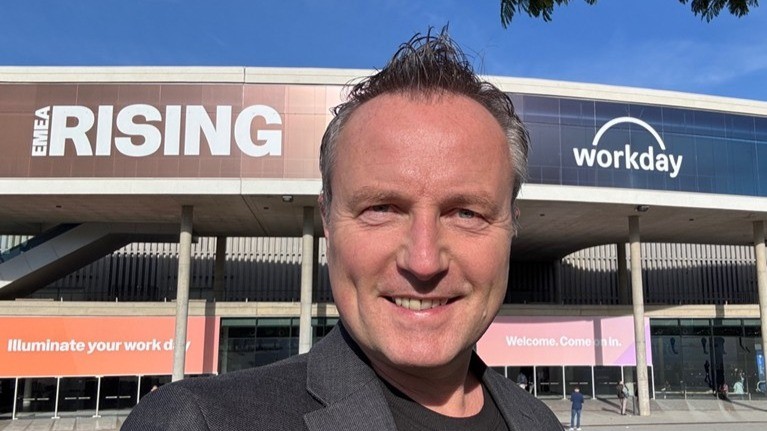Dreamforce 2025: Why I’m Excited About Salesforce’s Agentic Enterprise Revolution
14 October 2025
The countdown to Dreamforce has begun, and San Francisco is about to host one of the most influential technology gatherings of the year. Anticipation is building. Dreamforce has always been where major enterprise trends crystallize, and this year the spotlight is firmly on AI. Companies everywhere are racing to build digital workforces powered by autonomous agents, but many still struggle with fragmented data, weak governance, and tools that fail to scale. Salesforce is stepping in with a series of innovations designed to fix these challenges and redefine how AI is deployed across the modern enterprise.
I am heading to Dreamforce next week and, in a partnership with Salesforce, will be on the ground sharing insights, interviews, and key takeaways from the event. The announcements coming from Salesforce signal a decisive move to make AI reliable, explainable and deeply embedded in the workflow. But what excites me the most is how these capabilities will reshape business operations, transform the employee experience, and enable companies to focus their human talent on what truly matters.

Unlocking The Goldmine Of Conversational Data
One of the most important developments is happening inside Slack, the hub where millions of employees already collaborate. Slack's new real-time search API and Model Context Protocol server give developers secure access to the rich, unstructured conversational data that has been trapped in messages and threads. With these capabilities, partners such as Anthropic, Google, Perplexity, Writer, Dropbox, and Notion can build AI agents that respond with true context, rather than generic outputs.
This matters because the most valuable knowledge in a company is often shared informally. By allowing agents to understand that knowledge in real-time, Slack can eliminate endless app switching and manual research, cutting hours of wasted effort while maintaining enterprise-grade security and compliance.
The answer to making agents actually useful lies in context, and the richest context comes from conversations. Conversational data is the gold of the agentic era, yet it has been locked away in unstructured messages and chats, largely out of reach.
Leading innovators are already building on these capabilities. Anthropic's Claude integration brings the power of Claude directly into Slack workspaces, allowing teams to collaborate through direct messages or mentions in threads, with the ability to search across workspace channels, messages, and files for deeper insights. Google Agentspace creates a seamless information flow between productivity tools and Slack conversations. Perplexity brings web research and team discussions together for intelligent, context-aware answers.
This ecosystem approach solves another massive enterprise problem: fragmentation. The average enterprise uses over 1,000 applications. The result is countless hours lost to clicking between apps, copying and pasting, and context switching that drains productivity by up to 40%. Nearly half of SaaS licenses go unused. By building AI-powered applications directly in Slack, developers help organizations unify their tech stack, making Slack the central hub that maximizes returns across all systems. Over 1.7 million apps are actively used in Slack each week, and 95% of users say using an app in Slack makes those tools more valuable.
From Tickets To Conversations: Rethinking IT Support
Think about the last time you needed IT help at work. You probably filled out a ticket, described your problem in some clunky form, and then waited. And waited. Maybe days passed before someone got back to you. Meanwhile, your productivity ground to a halt over something that should have taken minutes to resolve.
This is the reality for most organizations today. The average employee loses 353 hours per year due to poor digital experiences. That's nearly nine full work weeks of productivity vanishing into the void of ticket queues and troubleshooting delays. For businesses, this translates to billions in lost value and IT teams stretched impossibly thin.
Salesforce's new Agentforce IT Service turns this broken model on its head. Instead of tickets, you get conversations. Instead of waiting, you get instant resolutions. The platform brings autonomous AI agents directly into Slack, where employees already work, transforming IT support from a dreaded interruption into something almost invisible.
Here's what makes it powerful: when an employee asks if they're eligible for a laptop refresh, the agent checks their profile, reviews company policy, and provides a personalized answer immediately. No ticket filed. No human intervention needed. The AI understands context, follows established rules, and delivers accurate responses grounded in actual data.
When a major incident occurs, say an email server outage, the system proactively alerts affected users, provides status updates, and can even create incidents automatically if issues persist. For IT teams, this means shifting from endless reactive firefighting to strategic work that actually moves the business forward.
The platform achieves this through deep integration with the broader Salesforce ecosystem. It breaks down the data silos that plague most enterprises, connecting information across systems to enable faster, more accurate resolutions. Built on 25 years of Service Cloud best practices, the platform delivers enterprise-grade reliability from day one without requiring complex integration.
Companies like UNESCO, EPB, and Piedmont Healthcare are already seeing the impact. They're recovering lost productivity, reducing operational costs, and freeing both employees and IT teams from tedious, repetitive tasks. As Gartner predicts, by 2029, up to 80% of common service issues will be resolved autonomously. That future is arriving now.
Building AI You Can Actually Trust
Here's an uncomfortable truth about AI in the enterprise: more than 80% of AI projects fail to deliver value. The culprit? Fragmented data, weak governance, and inconsistent integration. You can have the most sophisticated AI in the world, but without access to clean, contextualized data with proper controls, it remains essentially worthless.
Salesforce is tackling this problem head-on by expanding the foundation upon which all its AI capabilities sit. They're creating the scaffolding that makes enterprise AI actually work, going beyond feature additions to address fundamental infrastructure.
The platform now includes Data Cloud Context Indexing, which helps AI agents interpret unstructured content like contracts, diagrams, and tables through a business-aware lens. Imagine a field engineer who can upload a schematic and have an AI agent guide them step by step through a troubleshooting decision tree, getting to the right fix in minutes instead of hours.
Then there's Data Cloud Clean Rooms, now generally available, which let companies securely collaborate and analyze data without exposing raw information. Think about a group of global banks comparing transaction patterns to detect fraud rings in hours instead of weeks, all while keeping sensitive customer records completely protected.
What really catches my attention is Tableau Semantics, an AI-powered semantic layer that translates raw data into business language. Different teams often define the same metric differently. Your sales team's definition of "annual contract value" might not match finance's calculation. Tableau Semantics creates a unified definition, so every agent and every dashboard speaks the same business language. This consistency is absolutely critical for trustworthy AI.
Salesforce is also embedding AI-powered security capabilities across the platform through partnerships with CrowdStrike and Okta, ensuring that security threat identification and compliance management become proactive rather than reactive.
Looking further ahead, the planned acquisition of Informatica will bring together data catalog, integration, governance, quality, privacy, and master data management capabilities to create a truly unified data architecture for agentic AI. This gives enterprises the metadata intelligence they need to ensure AI agents operate safely, responsibly, and at scale.
Connecting The Disconnected: Agent Orchestration At Scale
AI agent adoption is projected to surge by 327% in the next two years. Within a year, 40% of enterprise applications will include embedded agents. Each one promises to streamline tasks within its own application, but here's the problem: they're blind to the broader enterprise. They can't orchestrate actions across domains. They lack the guardrails for secure, cross-system collaboration.
This creates a new form of fragmentation that Salesforce calls "agent sprawl," where disconnected workflows, redundant automations, and compliance blind spots proliferate. Without proper orchestration, unmanaged agents create chaos instead of productivity.
MuleSoft Agent Fabric solves this by providing a single place to register, orchestrate, govern, and observe every agent. Think of it like an air traffic controller for your AI agents. It registers, orchestrates, and governs every agent, regardless of where it was built, turning what could be chaotic agent sprawl into a coordinated, high-performing network.
Consider a mortgage application process, traditionally a multi-step nightmare involving credit checks, document signing, and compliance verification. With Agent Fabric, a customer-facing agent can coordinate with external credit check agents, document signature agents, and compliance agents seamlessly. The Agent Registry makes specialized agents discoverable. Agent Governance ensures every interaction is secure and auditable. Critical handoffs don't fail, reducing delays, errors, and significant compliance risks.
Or imagine a global supply chain where an operations agent receives notice of a potential shipment delay. It coordinates with a logistics partner's fleet agent to reroute delivery, while an SAP agent updates inventory in real time and a quality control agent flags potential warehouse issues. Agent Visualizer gives IT teams a clear view of this complex activity, helping them proactively surface errors and optimize performance.
What makes MuleSoft uniquely positioned for this challenge is its decade-plus heritage in connecting applications, data, and processes across every system. That same integration expertise now extends to AI agents, ensuring they can interoperate securely across any ecosystem.
Why This Matters Now
What Salesforce is building represents a fundamental rethinking of how businesses operate in an AI-driven world. The question has evolved beyond whether AI will transform work to whether enterprises will have the foundation to make that transformation trustworthy, secure, and genuinely productive.
The innovations I've described address the core challenges that have held enterprise AI back: data fragmentation, lack of context, governance gaps, security concerns, and agent sprawl. By solving these foundational problems, Salesforce is enabling organizations to move from cautious experimentation to transformative action.
I'll be in San Francisco next week, diving deeper into these capabilities, talking to the teams building them, and exploring real-world implementations with customers who are already seeing results. The potential here is enormous because of what it enables people to do, unlocking human capability rather than simply automating tasks.
This is the promise of the Agentic Enterprise: humans and AI agents working side by side, each focused on what they do best, supported by a foundation that ensures accuracy, security, and trust. I'll be sharing much more content from Dreamforce as I learn more about how these innovations are being deployed and what they mean for the future of work.
If you're thinking about how AI fits into your organization's future, these announcements deserve your attention. The conversation is moving from "if" to "how," and Salesforce is providing a clear path forward.
You can tune into Dreamforce next week on Salesforce+: https://www.salesforce.com/plus/experience/dreamforce_2025
Related Articles
AI Browser Agents Radically Transform How We Use The Internet
By now, “smart” versions exist of just about every home appliance, gadget and gizmos we can think of. However, manufacturers continue[...]
The 6 Defining Manufacturing Trends Of 2026
By now, “smart” versions exist of just about every home appliance, gadget and gizmos we can think of. However, manufacturers continue[...]
Enterprise AI Meets The Digital Labor Economy: My Highlights From Workday Rising EMEA
By now, “smart” versions exist of just about every home appliance, gadget and gizmos we can think of. However, manufacturers continue[...]
10 Critical Skills Every Leader Must Master In 2026
By now, “smart” versions exist of just about every home appliance, gadget and gizmos we can think of. However, manufacturers continue[...]
7 E-Commerce Trends That Will Transform Shopping In 2026
By now, “smart” versions exist of just about every home appliance, gadget and gizmos we can think of. However, manufacturers continue[...]
6 Critical Telecom Trends In 2026: What Industry Leaders Need To Know
By now, “smart” versions exist of just about every home appliance, gadget and gizmos we can think of. However, manufacturers continue[...]
Sign up to Stay in Touch!
Bernard Marr is a world-renowned futurist, influencer and thought leader in the fields of business and technology, with a passion for using technology for the good of humanity.
He is a best-selling author of over 20 books, writes a regular column for Forbes and advises and coaches many of the world’s best-known organisations.
He has a combined following of 4 million people across his social media channels and newsletters and was ranked by LinkedIn as one of the top 5 business influencers in the world.
Bernard’s latest book is ‘Generative AI in Practice’.










Social Media